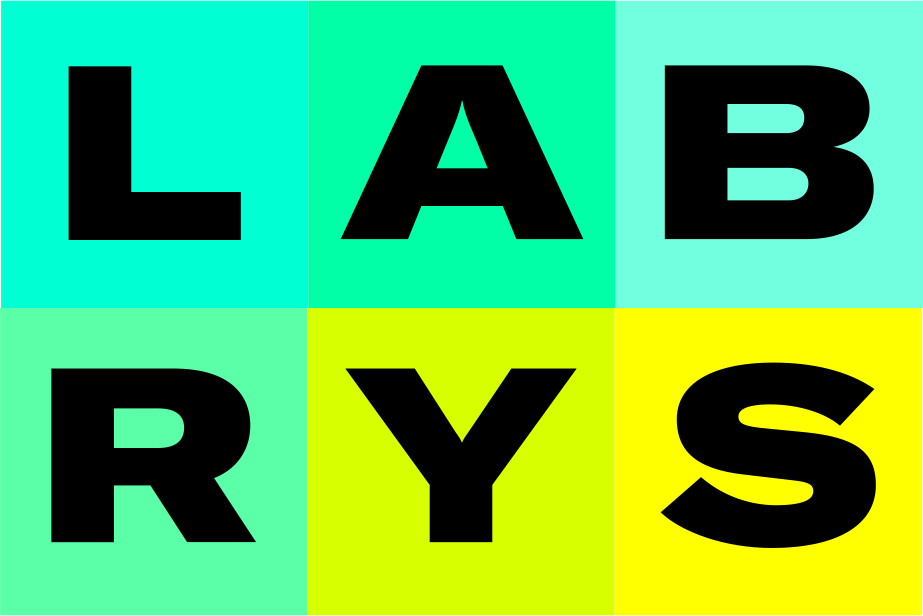With the Ethereum merge having been completed, their have been concerns that the new architecture of Proof of Stake (PoS) lends itself to centralization and censorship.
This became even more of a hot topic with the revelation that over 75% of "MEV-boost relays" (I know it sounds like made up techno-jargon) are OFAC compliant (a US Treasury department in charge of enforcing sanctions).
The question is, if someone is to send a transaction to a wallet address on the OFAC naughty list, would the Ethereum network remove it?
What is going on under the hood?
The key to understanding what is going on is to understand what a MEV-boost relay is. With the PoS architecture there are more and less profitable ways to bundle transactions into blocks.
If you are a trader where milliseconds can be the difference between making or losing millions, you are willing to pay a premium to have your transactions added to the blockchain the quickest.
The current Ethereum architecture enables end users to more or less bid on being first. Secondary software called MEV(Maximum Extracted Value)-boost relays packages these transactions in a manner that is most profitable to the validators. How profitable you might ask? Some sources say validators can make up to 75% more Ethereum than the basic Ethereum validation rewards.
Here is why all this is important. MEV-boost relays are typically run by centralized companies or by people/entities in the United States. This means that when they are bundling transactions that they will not include any transactions on the OFAC blacklist.
So Ethereum is censoring transactions?
It's not quite that simple. While the MEV-boost relays do censor transactions, that doesn't mean they don't get added to the blockchain. The miners still bundle all the transactions together and add them to the blockchain. The difference is that these transactions will be the last ones added.
At the current level of censorship this will mean 6 minute wait times for a censored transaction to be added to the blockchain.
In fact you can use this calculator to see how long.
TLDR
While it will take longer for non-OFAC compliant transactions to be added to the blockchain, no Ethereum transaction has been removed from the blockchain.
A resource to track Ethereum censorship is the MEB Watch website






